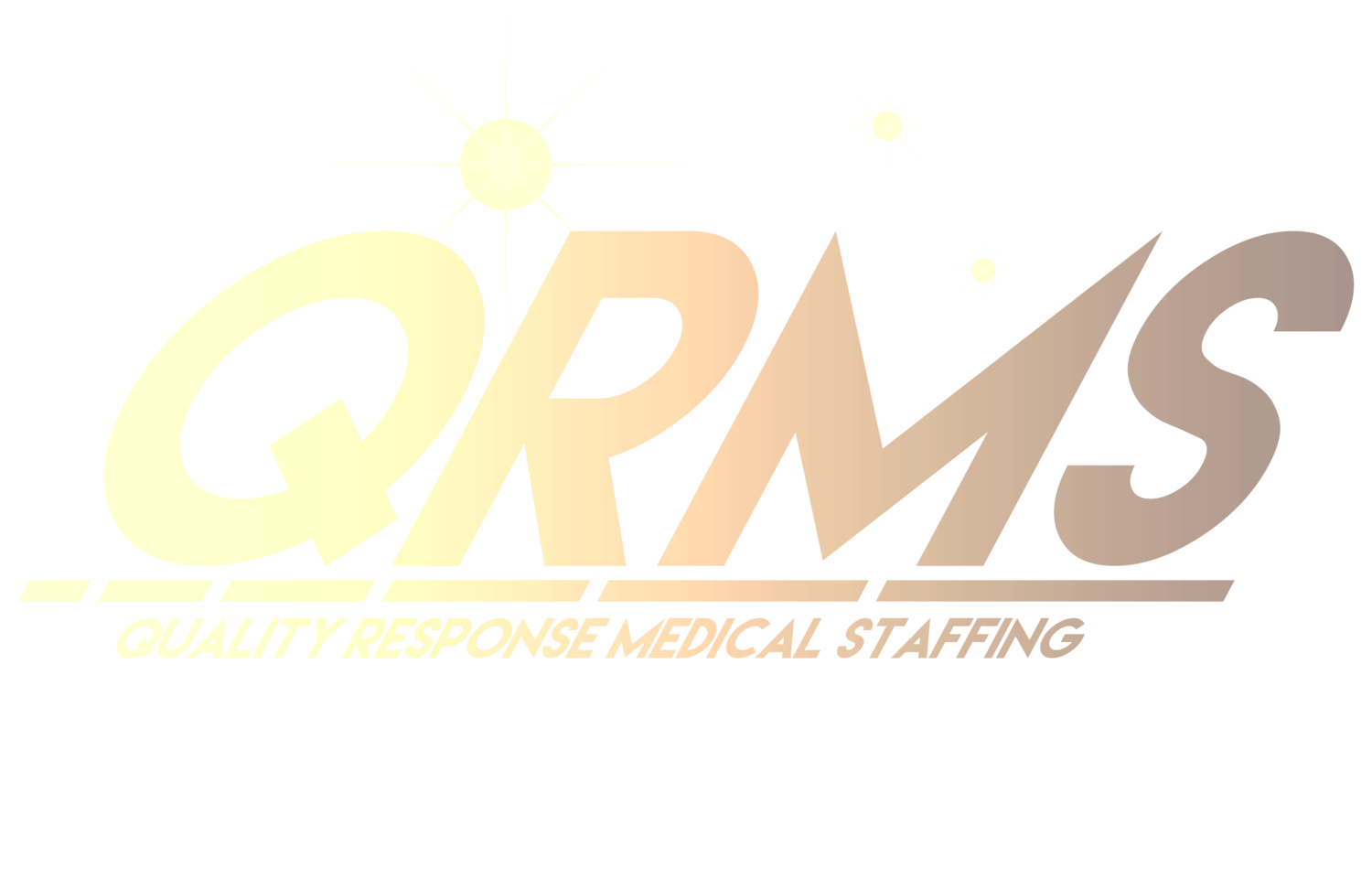Do you Have Symptoms of Iron Deficiency? Find out!
Iron deficiency is a common nutritional issue that can lead to serious health complications if left untreated. Knowing the signs and understanding the diagnostic process can help you address this deficiency promptly. Here’s a guide on how to recognize and diagnose iron deficiency.
Symptoms of Iron Deficiency
Iron deficiency can manifest in a variety of symptoms, some of which might be subtle and easily overlooked. The severity of symptoms often depends on how depleted the body’s iron stores are. Common symptoms include:
Fatigue and Weakness
Persistent tiredness and a general feeling of weakness are hallmark signs of iron deficiency, as your body struggles to produce enough energy without adequate oxygen supply.
Pale Skin
A noticeable pallor, especially in the face, inner eyelids, and nails, can indicate low hemoglobin levels due to insufficient iron.
Shortness of Breath
Experiencing breathlessness during routine activities or exercise can be a sign that your body isn’t getting enough oxygen due to a lack of red blood cells.
Dizziness and Headaches
Frequent dizziness, lightheadedness, or headaches can result from reduced oxygen supply to the brain.
Cold Hands and Feet
Poor blood circulation from iron deficiency can cause your extremities to feel unusually cold.
Chest Pain and Palpitations
In severe cases, your heart has to work harder to transport oxygen, which can lead to chest pain or irregular heartbeats.
Brittle Nails and Hair Loss
Brittle or spoon-shaped nails and noticeable hair thinning or loss can be indicative of iron deficiency.
Restless Legs Syndrome
An uncontrollable urge to move your legs, especially at night, has been linked to iron deficiency.
Cravings for Non-Nutritive Substances (Pica)
Some people develop cravings for unusual substances like ice, dirt, or starch, which is a condition known as pica.
When to See a Doctor
You should consult a healthcare provider if you experience any of the symptoms mentioned, especially if they persist or worsen. Early detection and treatment are key to preventing complications associated with iron deficiency.
Takeaway
Iron deficiency is a common yet manageable condition. By recognizing the symptoms and seeking appropriate medical advice, you can ensure timely diagnosis and treatment. Maintaining adequate iron levels is essential for overall health and well-being, enabling your body to function optimally.
Disclaimer
The information provided in this article is for educational purposes only and is not intended as a substitute for professional medical advice, diagnosis, or treatment. Always seek the advice of your physician or other qualified healthcare provider with any questions you may have regarding a medical condition or treatment. Never disregard professional medical advice or delay in seeking it because of something you have read in this article.
If you think you may have a medical emergency, call your doctor or emergency services immediately. The information in this article is not intended to diagnose, treat, cure, or prevent any disease. The authors and publishers of this article are not responsible for any adverse effects or consequences resulting from the use of any suggestions, products, or procedures described in this article.

